

Max Davies
How Audi, BMW, Honda, Mercedes-Benz, and Suzuki started out in Australia, and where they are now
16 Hours Ago
The LDV Deliver 9 offers Mercedes-Benz Sprinter levels of space at a bargain price point. But does this new Chinese competitor stack up?
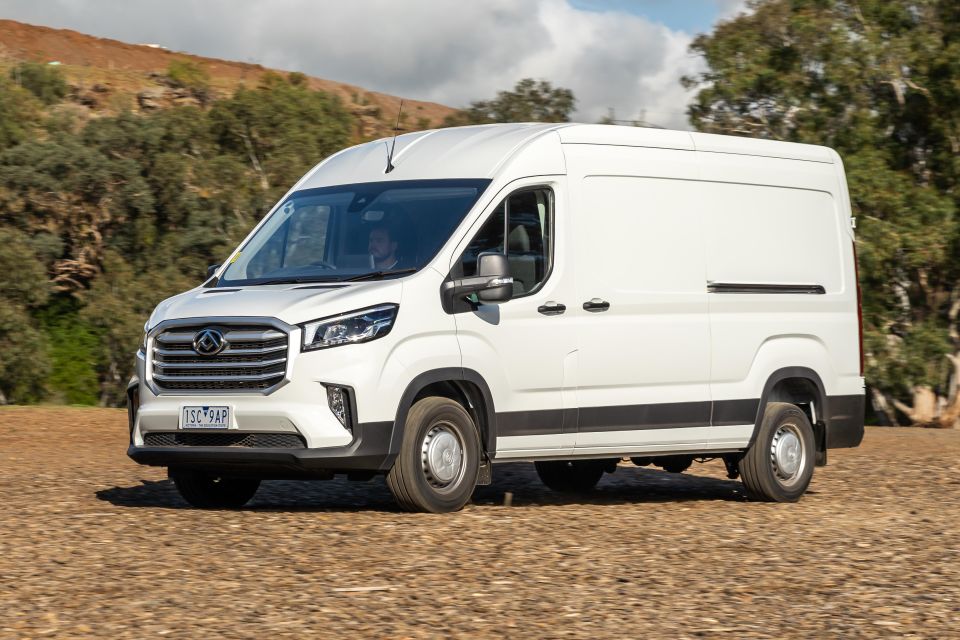


Senior Contributor
New from
$42,095
excl. on-roads

Senior Contributor
New from
$42,095
excl. on-roads


Senior Contributor
New from
$42,095
excl. on-roads

Senior Contributor
New from
$42,095
excl. on-roads
Quickly see how this car stacks up against its competition. Select any benchmark to see more details.
Where expert car reviews meet expert car buying – CarExpert gives you trusted advice, personalised service and real savings on your next new car.
The LDV brand, known in some countries as Maxus and part of China’s expansive SAIC Motor group, is steadily expanding its line-up in Australia.
The G10 van and people-mover, D90 SUV, and most importantly the T60 dual-cab ute, are making quite impressive inroads among local buyers thanks to sharp pricing and contemporary designs.
It’s a similar story for fellow SAIC Motor brand, MG. Aussie households and fleet buyers are always willing to give lesser-known brands a chance – if they stack up on the spec sheet.
The latest LDV product to hit the market is the Deliver 9 large van and cab chassis range, the spiritual successor to the V80 that dates back to the days when the LDV brand was still British.
It promises to do what fellow big vans like the Mercedes-Benz Sprinter, Volkswagen Crafter, Ford Transit and Renault Master do, only for less money.
The appeal is obvious, and while this segment doesn’t have volume potential like the ute market, there are plenty of delivery drivers whose interest will be piqued.
We’re driving the long wheelbase (LWB) ‘Mid Roof’ model, which wears a very competitive sticker price of$42,095 drive-away with a manual gearbox, or $44,726 drive-away with an automatic transmission as tested here.
The wider Deliver 9 range also comes in medium wheelbase (MWB), LWB high roof, cab chassis, or 11- to 14-seater bus forms too. Read the full breakdown in our story here.
Let’s give this (just-under) $45,000 drive-away price some context. Firstly, if you have an ABN you should expect to get this price down by an extra few grand thanks to fleet discounting.
In sheer metal-and power-for-money terms this outlay gets you a 5940mm long Deliver 9 van with 10.97 cubic-metres (10,970 litres) of storage, and a 110kW diesel engine.

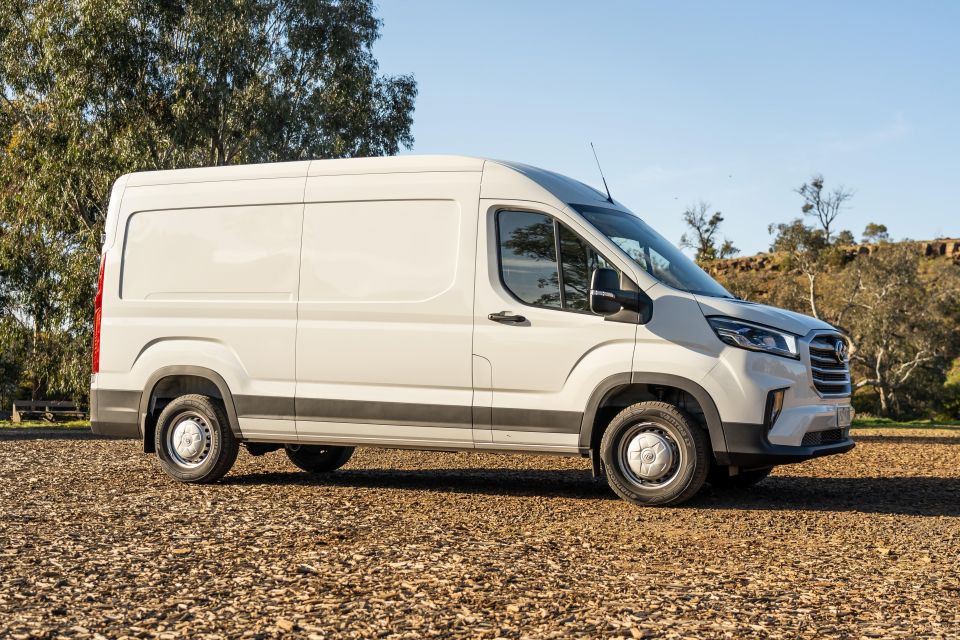
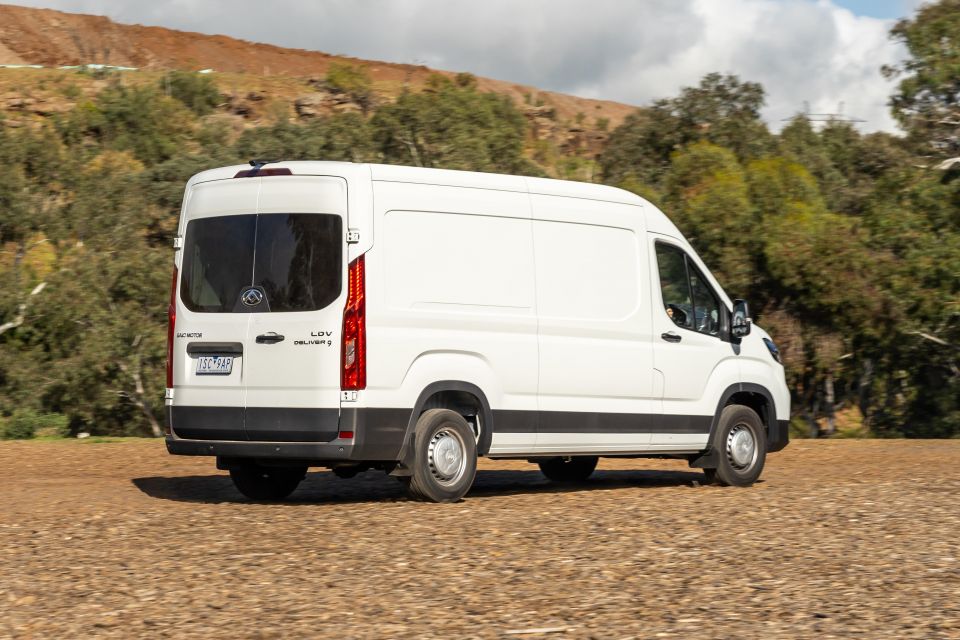

According to the drive-away pricing calculator on the Mercedes-Benz Vans website, the cheapest Sprinter van costs about $54,000 drive-away ($49,720 list). It’s 5276mm long, has 7800L capacity, and an 84kW diesel engine.
Renault is offering the Master SWB for $48,000 to private buyers or $44,990 for ABN holders. For that you get a manual gearbox, a 120kW diesel, and 8.0 cubic-metres of storage. To buy an auto Master with LDV-matching 10.8 cubic-metres capacity costs $55,000 (private) or $50,990 (ABN).
Perhaps the sharpest contender is the 103kW Volkswagen Crafter Runner that has 9.9 cubic-metres of space, which you can get at the moment with a manual gearbox for $45,990 on the road with an ABN until December 31 (based on a $49,290 list price).
It’s obvious the LDV Deliver 9 offers more space for less money than any of its European competitors. But total cost of ownership is a more complex tale.
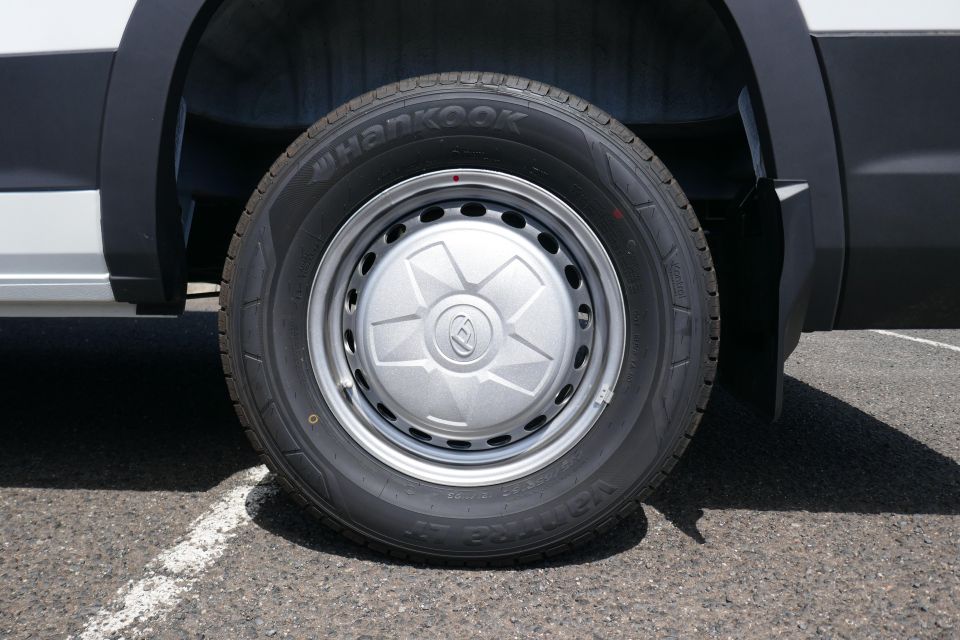


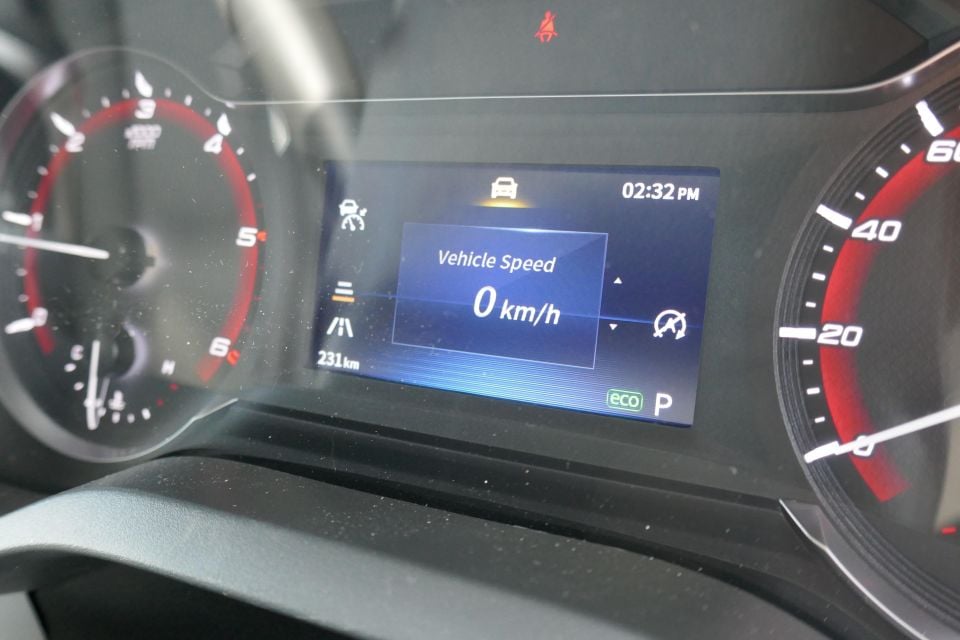
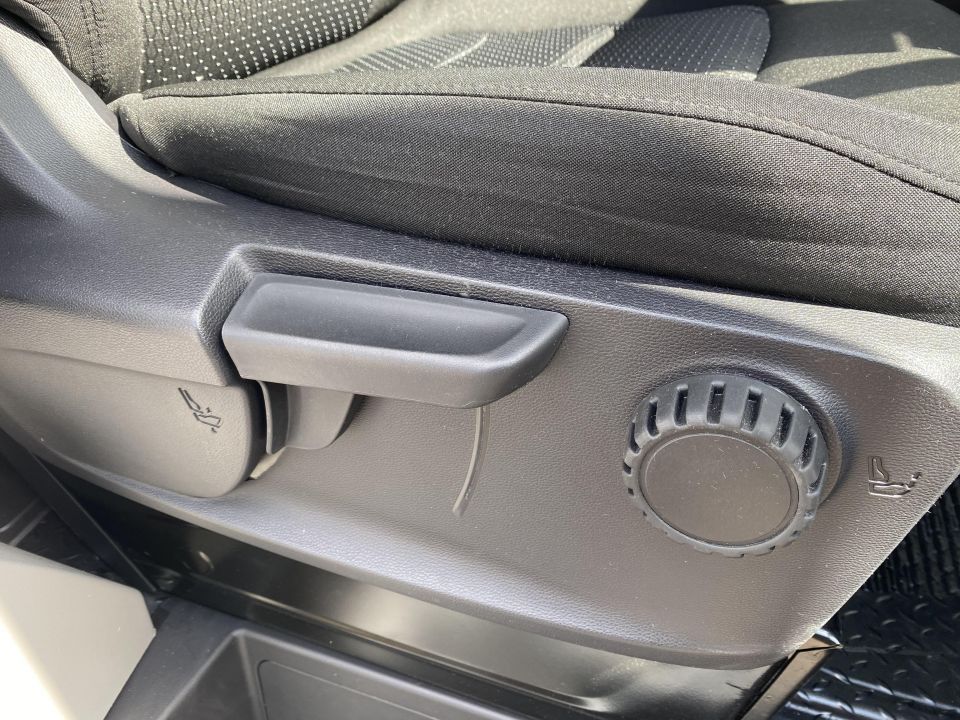

Buy your new car without the stress. It's fast, simple and completely free.

Great service from Travis and team, second time I have used this business would not hesitate to recommend them to anyone
Craig C.
Purchased a Ford Ranger in Sunshine Coast, QLD
CarExpert helped Craig save thousands on his Ford Ranger, now let us save you on your next new car.
Find a dealOn the outside you get 16-inch steel wheels wrapped in 235/16 (Hankook on our tester) tyres, two-level side mirrors, halogen headlights, rear parking sensors, rear barn doors that open to 180 degrees, a passenger-side sliding door, and a solid rear side step.
Inside there’s manual air-conditioning, three fabric seats, power windows, a digtal speedo, a reversing camera, a 10.1-inch touchscreen, AM/FM radio, two USB ports, and Apple CarPlay.
There’s no native satellite navigation, no digital radio, and no Android Auto. There’s a single $1500 option pack that nets you a blind-spot monitoring system, proximity key fob with push-button start, and rear barn doors that open to 236 degrees. We can see why that package appeals.
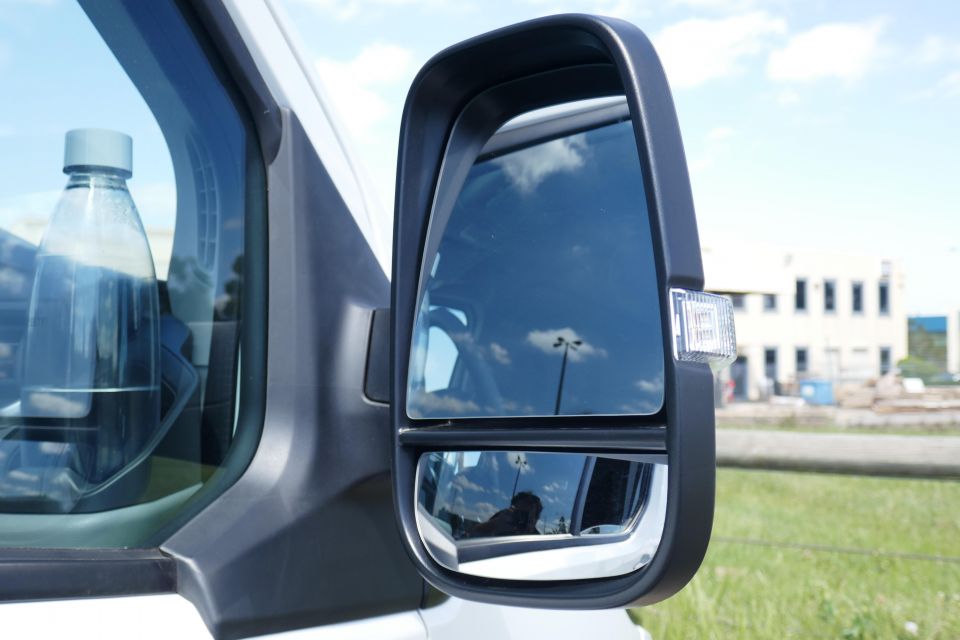
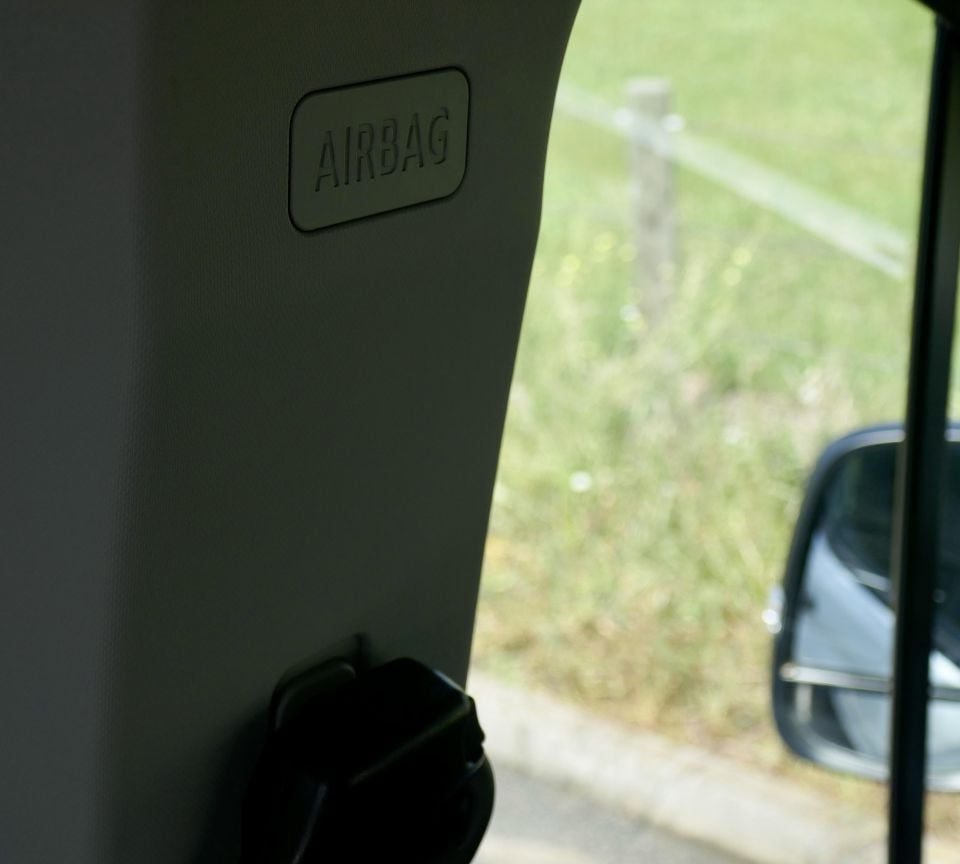
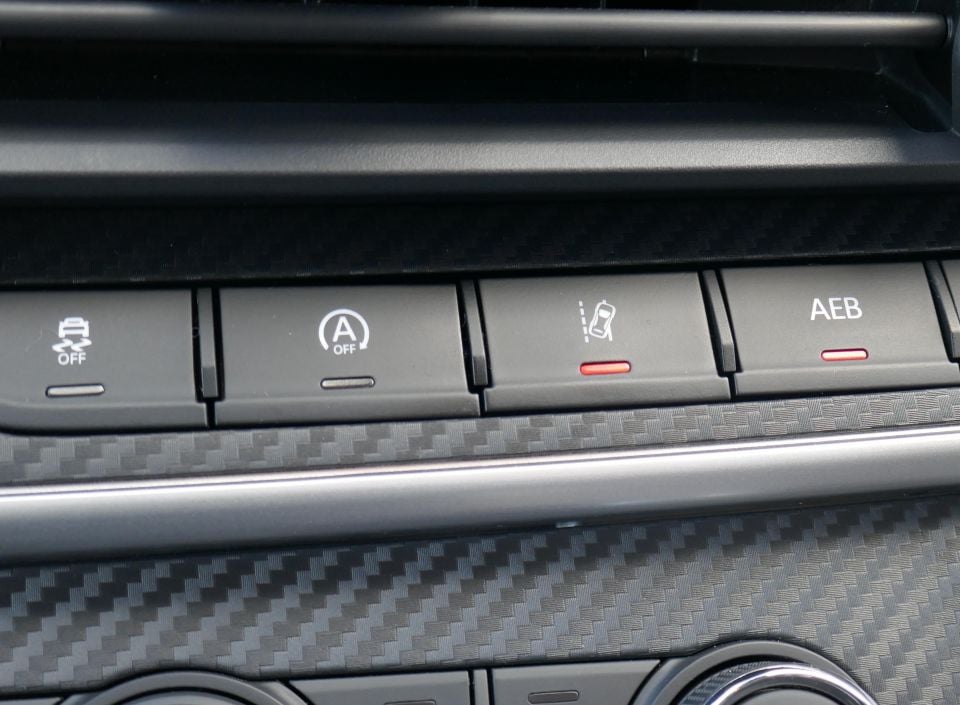

None of the mega vans have ANCAP crash ratings, and the LDV is no exception. We can say that the T60 has a five-star (2017) rating, so the brand has nailed a safety test before.
You’ll meet OH&S requirements thanks to the standard fitment of dual front airbags, dual thorax airbags, and dual head-protecting curtain airbags.
There’s also forward-collision alert with autonomous emergency braking, active cruise control (autos only, the manuals have passive cruise control), and an audible lane-departure warning system.
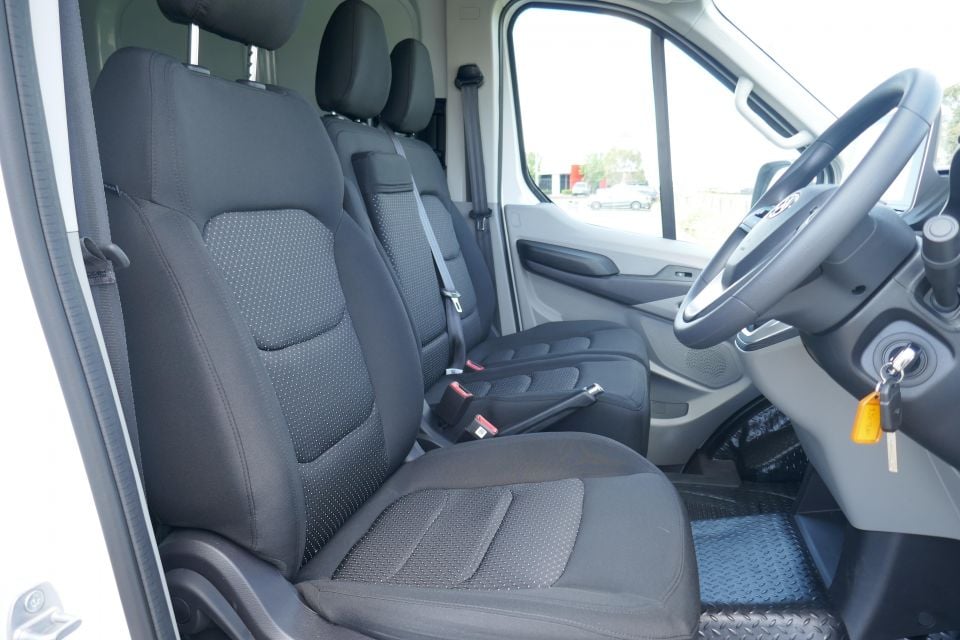

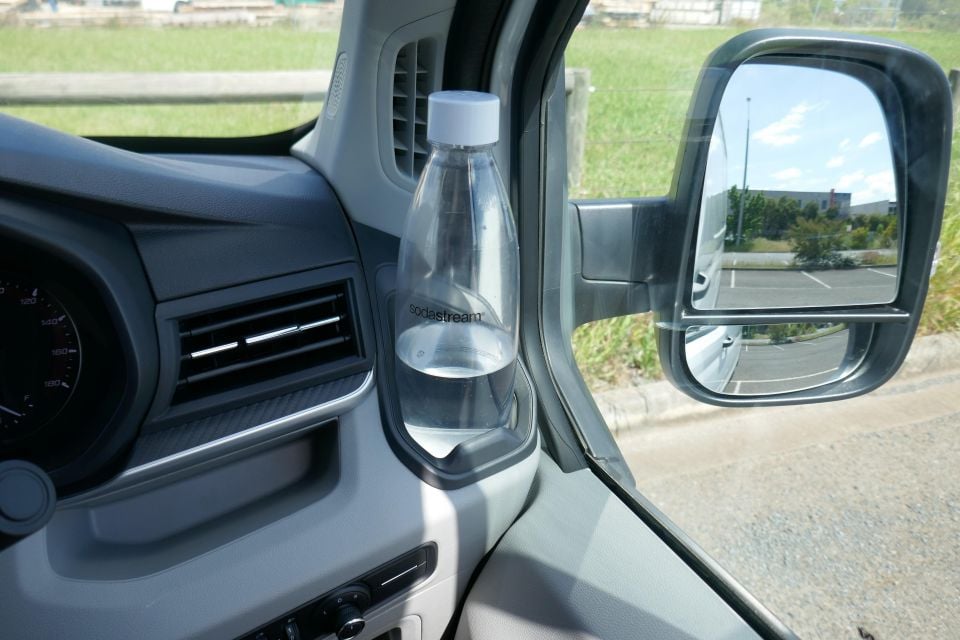
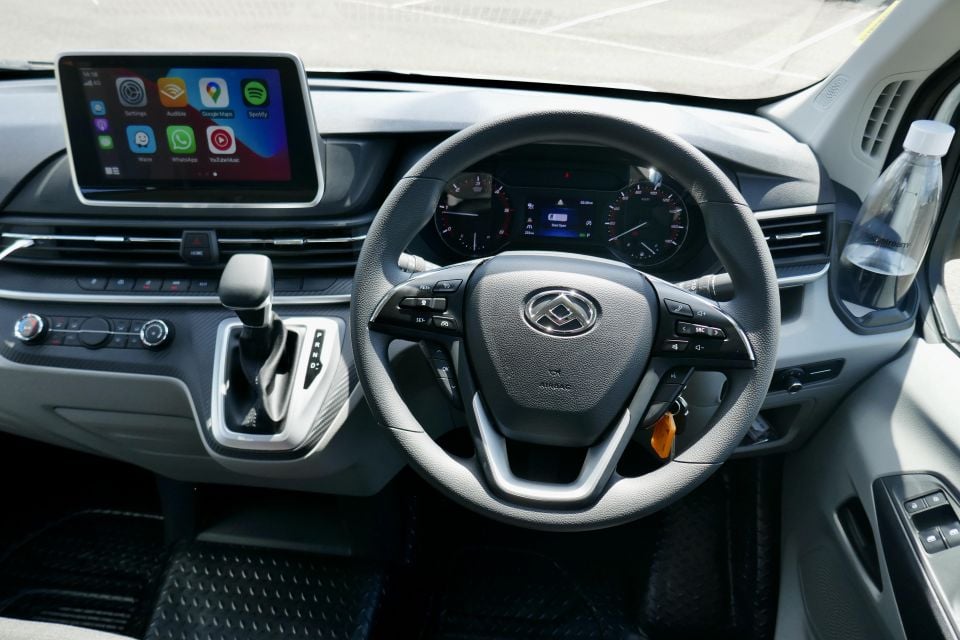
Like most vans of this size, you sit up very high and have a commanding view of the road. The driver’s seat has height, back-and-forth, and lumbar adjustments, while the two-person bench reclines way backwards as the image above shows. The steering column only has up-and-down adjustment and I was able to get comfortable, though we’d prefer telescopic adjustment.
There are plenty of places to stow your stuff – big bottle bins, 1L bottle holders next to the steering wheel, a flip-down centre seat, under the passenger seat, in the glovebox, and in the cubbies mounted to the roof above your head.
The build quality is reasonably good, with acceptable panel fit and no rattles, though there was the odd squeak from the driver’s seat base. The plastics are no tactile delight, especially the interior door handles and the dash. The floor is covered in a rubber-like trim that wipes clean.
The centre touchscreen has a lot of real estate and the Apple CarPlay (allowing map mirroring) and Bluetooth audio quality were acceptable, though the AM radio receiver battled for reception at times.
The reversing camera has a super wide angle and captures the view from a high vantage point, but the resolution is very grainy. In my experience, the Transit/Crafter/Master/Sprinter have smaller screens, but equal or superior functionality.
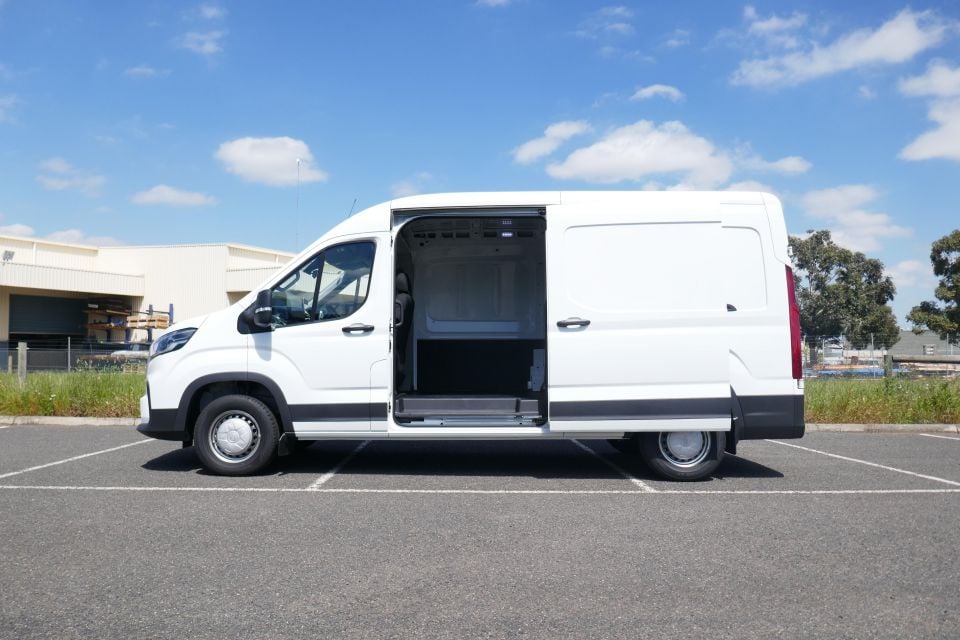
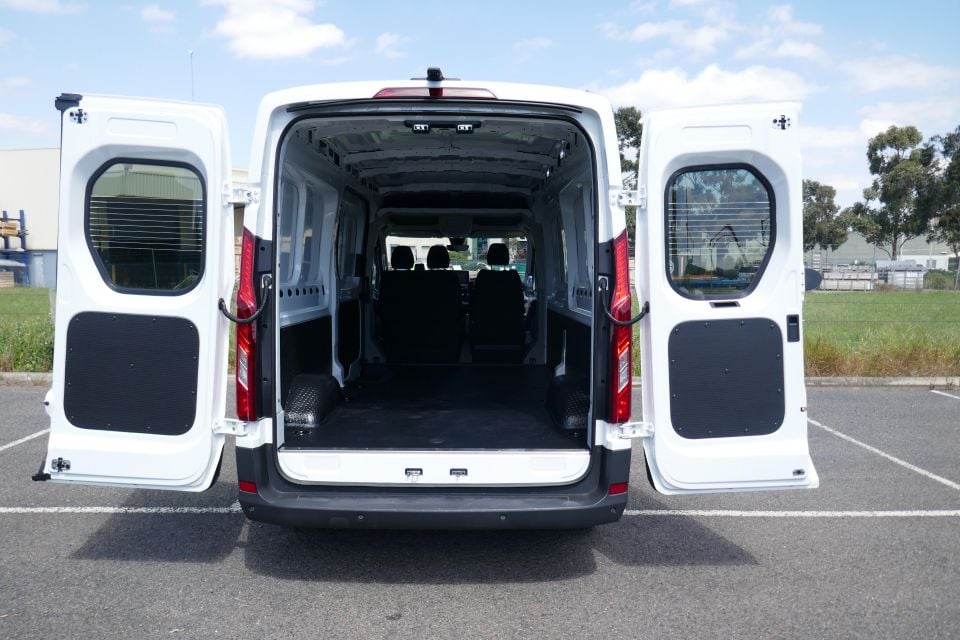
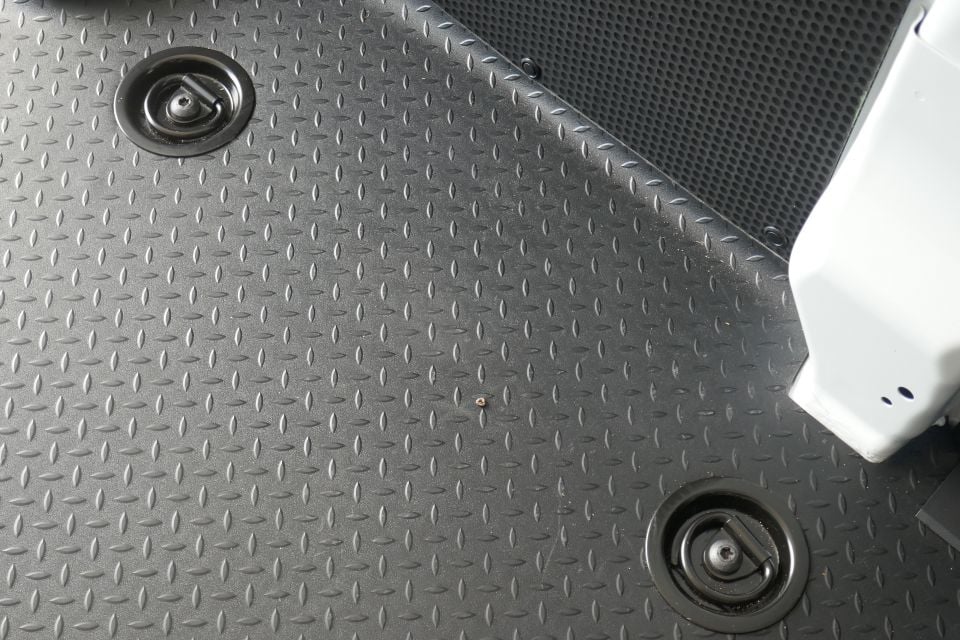
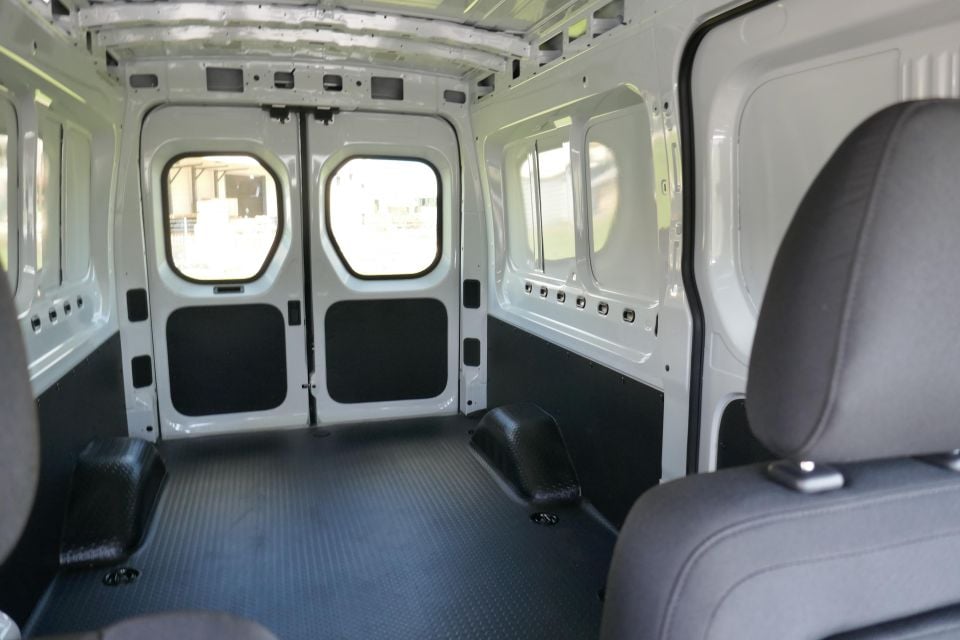
Many vans in this class come standard with a solid metal bulkhead with a window, to separate cabin from cargo, provide some crash protection, keep the warmth in, and filter out sound. The LDV doesn’t, meaning you’ll need to have a crash barrier installed. But it’s a cheap van, and you can use your savings on one.
The loading floor and lower wall sections are covered in a rubbery non-slip lining as standard which offers protection, grip, and also a layer of tyre-noise suppression. There’s the one side door, eight tie-down points in the floor, and plenty of holes in the sheetmetal to attach a ratchet strap end. There’s also a separate storage section above occupants, accessible from the cargo area.
The cargo area maxes out at 3413mm long, 1800mm wide (1366mm between the wheel arches), and 1792mm tall. This is a little lower than some FWD competitors. The aperture of the barn doors is 1570mm wide and 1656mm tall, and the single side door is 1570mm tall by 1269mm wide.
The metal used on the rear doors is solid, as is the stable-feeling rear bumper/step. When I drove the original LDV V80 way back when this was less the case, so the company has improved in that regard.
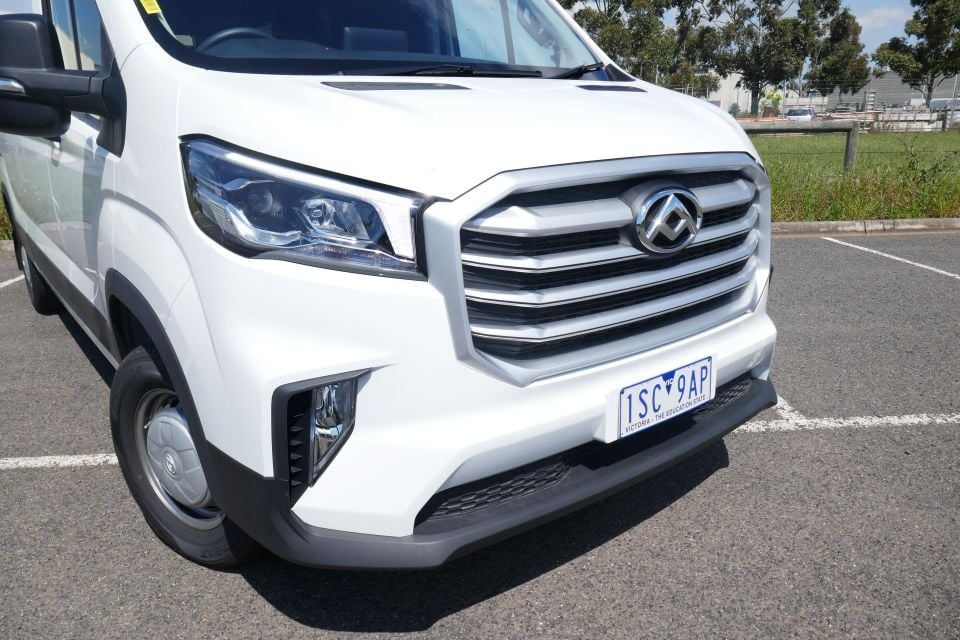
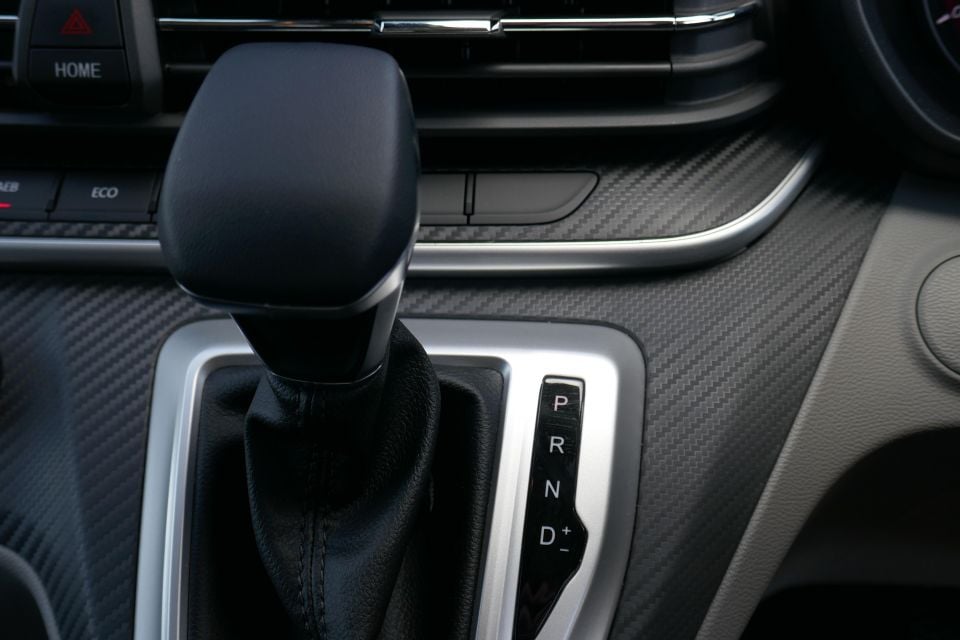
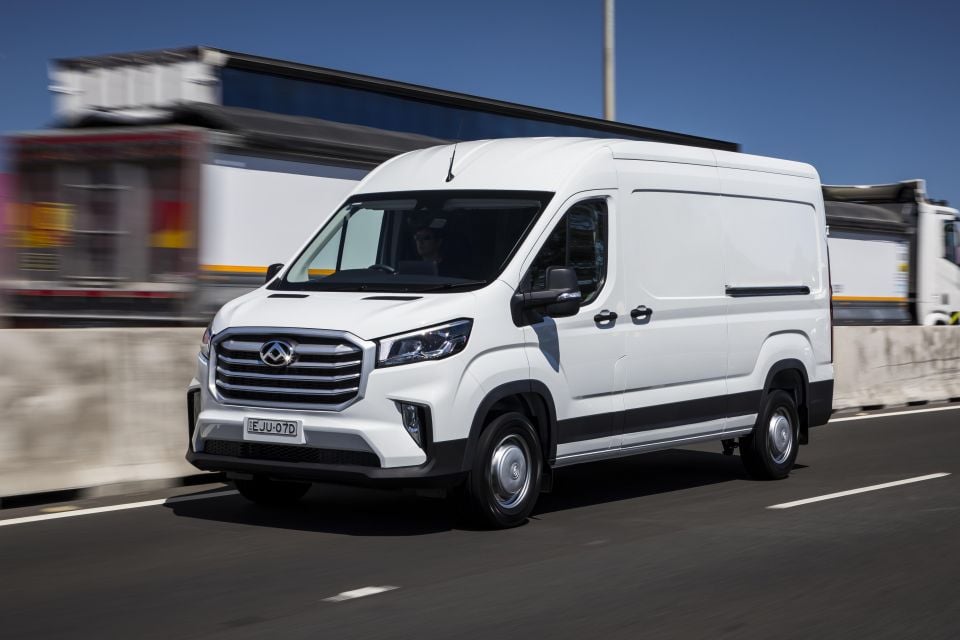
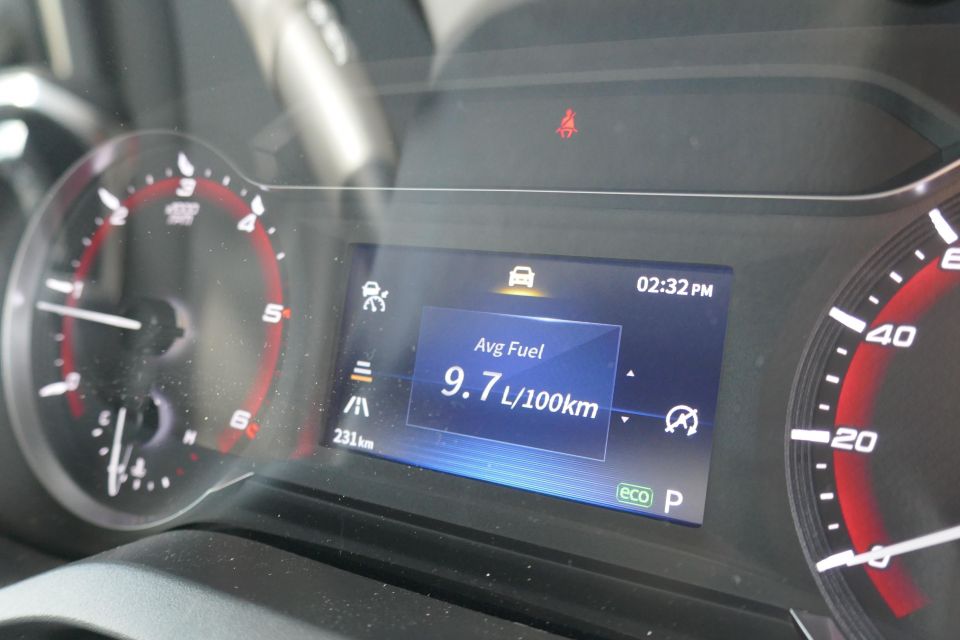
A 2.0-litre turbo-diesel is par for the course in this segment, and the Deliver 9’s is no exception. It makes 110kW of power at 3500rpm and 375Nm of torque between 1500 and 2400rpm. Again, those outputs are no outliers against the Euros.
The in-house engine is fitted with stop/start that can be turned off, Power and Eco driving modes that change the throttle pickup, Bosch direct-injection, an aluminium cylinder head, cast-iron block, an EGR system, and a particulate filter. It meets Euro 5 emissions standards.
The transmission in our test van was a six-speed automatic (torque-converter), and unlike many entry competitors it’s rear-wheel drive (RWD). This means the driven wheels sit under the load, but it also means fitting a driveshaft that eats into cargo space by making the loading floor necessarily higher from the ground.
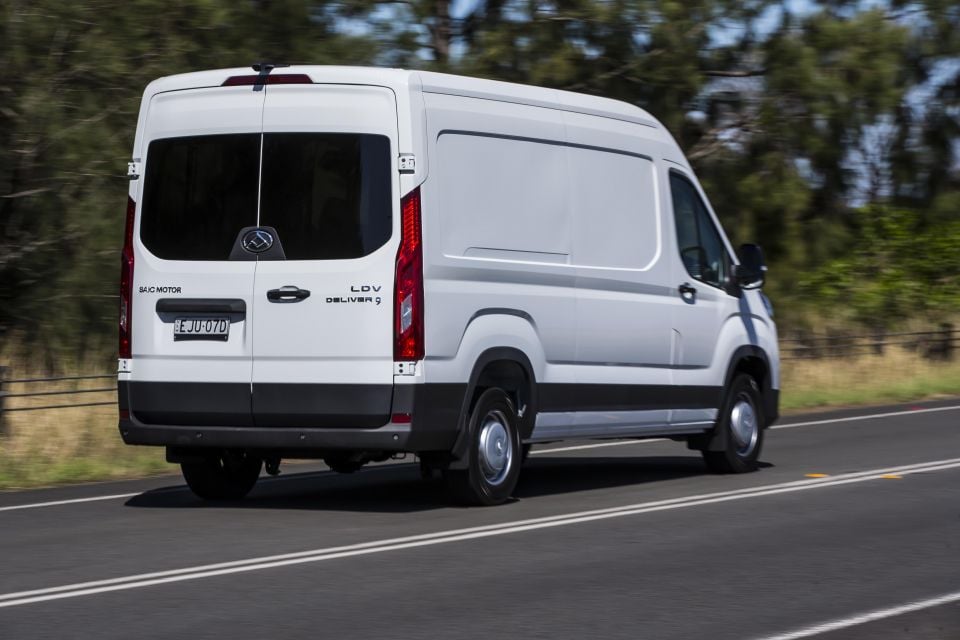
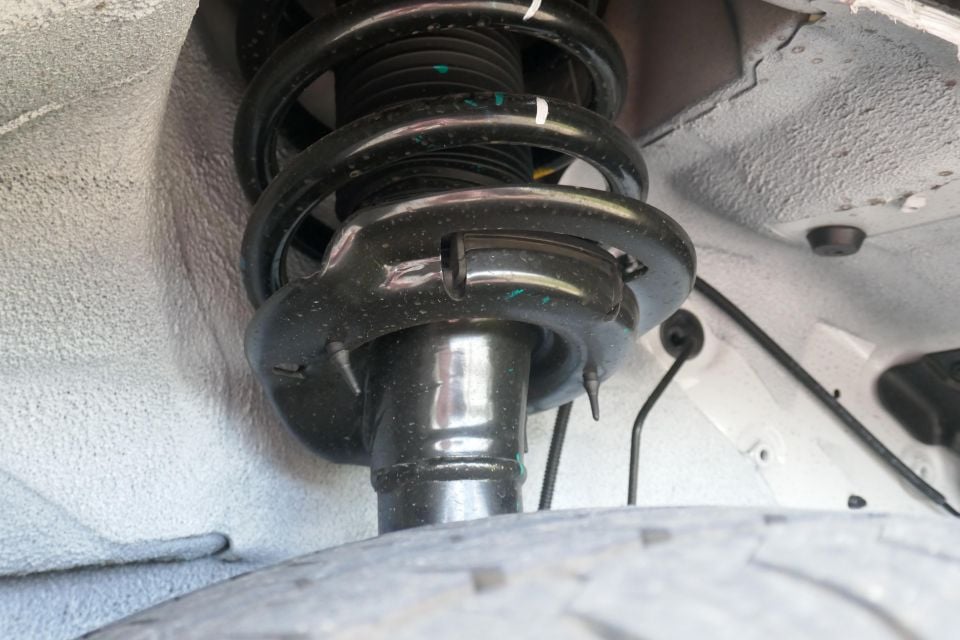
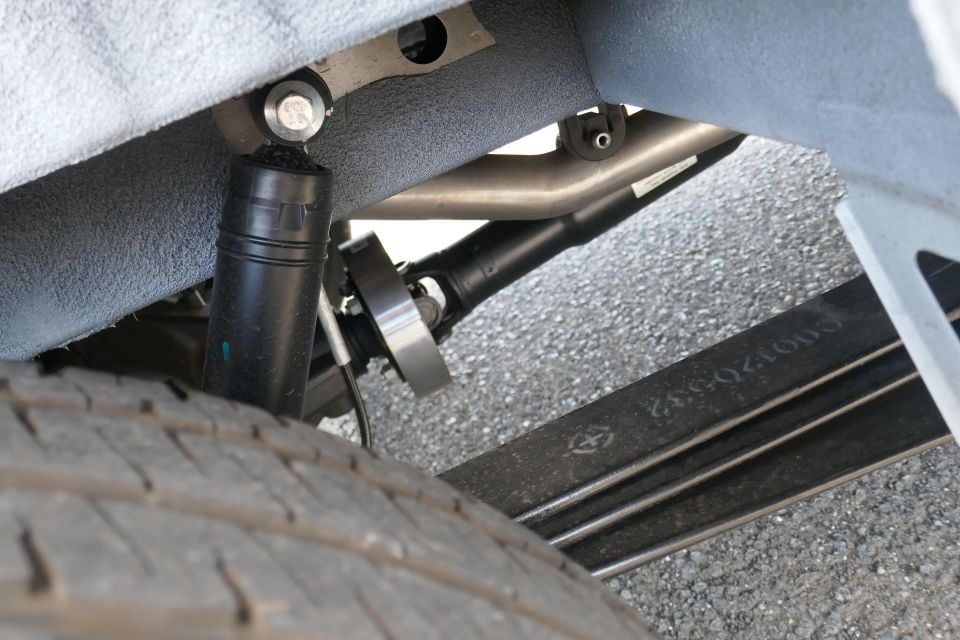
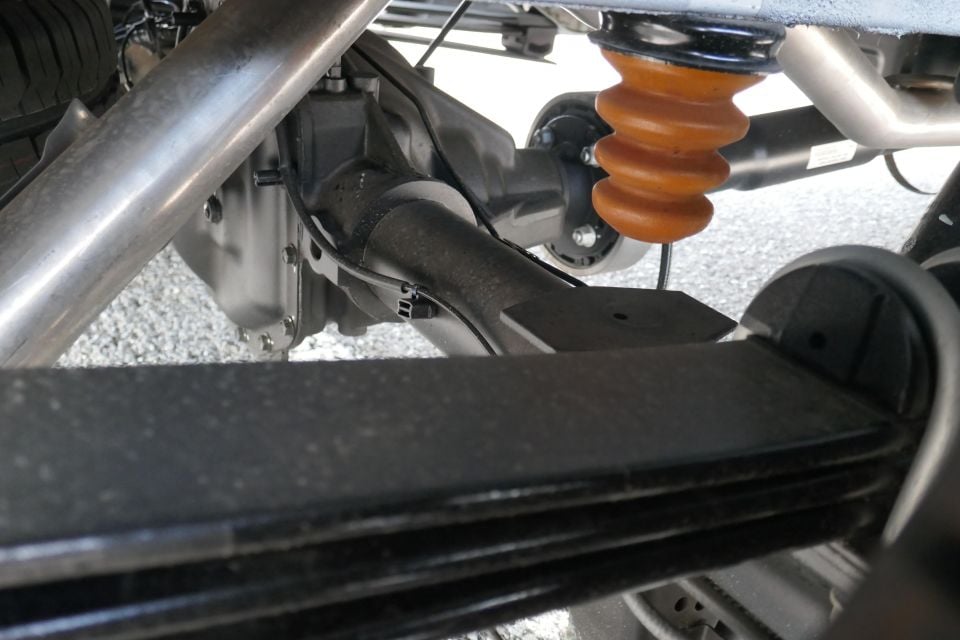
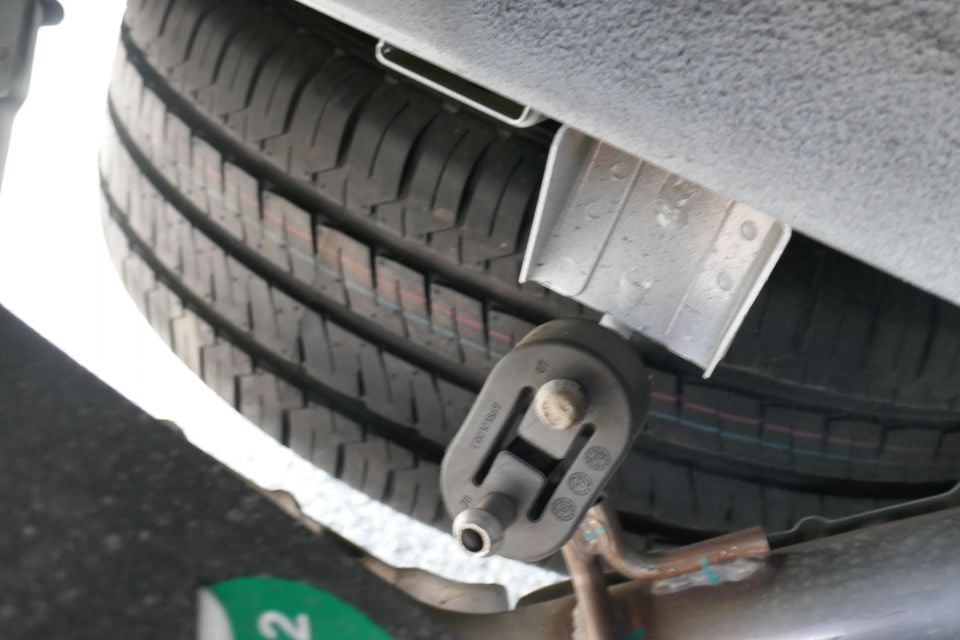
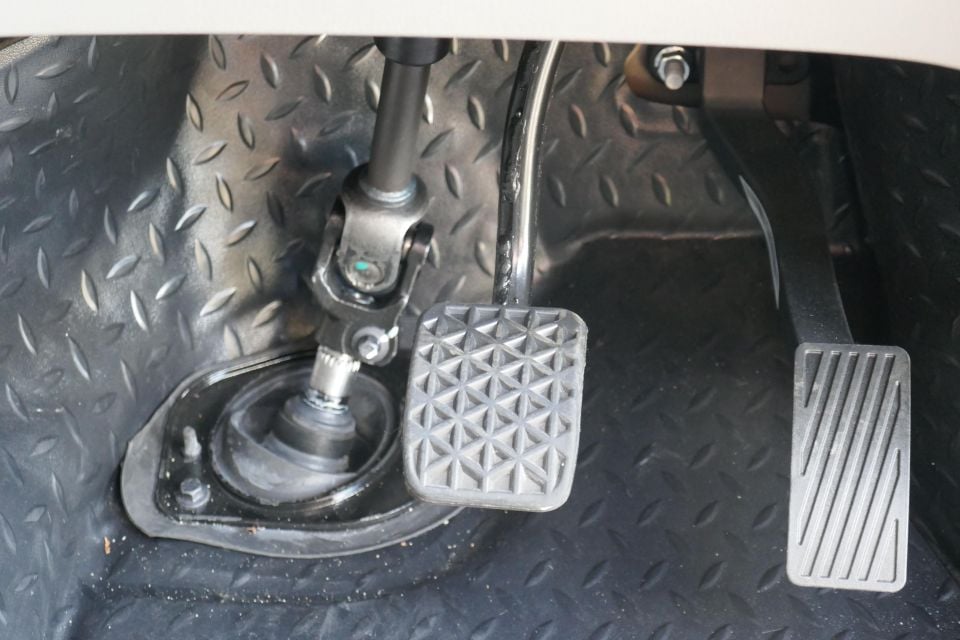
The diesel engine is quite refined at idle, and the stop/start system quite smooth. There’s decent pickup and rolling response without excessive racket, and it sits happily at around 2000rpm at 105km/h. The Sport and Power modes don’t make much of a difference.
The transmission generally found the appropriate gear, though like any van there are certain weights that can take the edge off that refinement. It’s more responsive and smoother than the automated manual transmissions we see in some vans.
There’s no ADR fuel claim but I averaged 9.7L/100km on a mixed route loop averaging 40km/h without a load. The fuel tank is 80L. LDV claims a braked-towing capacity of 2800kg.
The steering system is a hydraulic power-assisted rack-and-pinion, but there’s plenty of assistance meaning it’s low-resistance in urban driving. I’m not a fan of the easily-visible power steering mechanism sitting right next to the brake pedal (see above), where you might otherwise want to rest your boot. Surely there’s a more elegant solution when engineering for right-hand drive.
There are MacPherson struts up front and a three-leaf setup with gas-filled shocks at each rear wheel. The front ventilated brakes are 308mm and have two-piston calipers, while there are 304mm single-caliper solid discs at the rear.
Unladen, the primary ride quality is okay, though it feels a little unsettled and jittery over sharp hits at lower speeds. A load settles it down. But the ride, steering, and body control are all within acceptable parameters for the class, and the straight-line stability at highways speeds felt pretty good.
LDV claims a payload of 1640kg, enabled by a 4t GVM.
One feature I’ll flag is the active cruise control. It did a good job of locking onto the vehicle ahead and matching its speed, but sometimes rather than speeding the van up when the traffic ahead sped up, it simply disengaged and forced me to manually speed up again. I couldn’t work out why, and it didn’t seem specific to any particular driving mode.
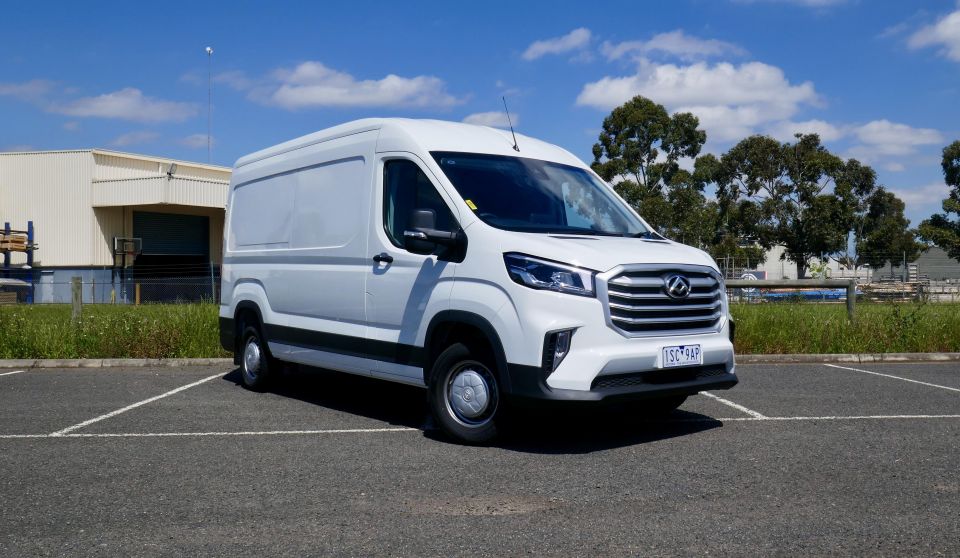
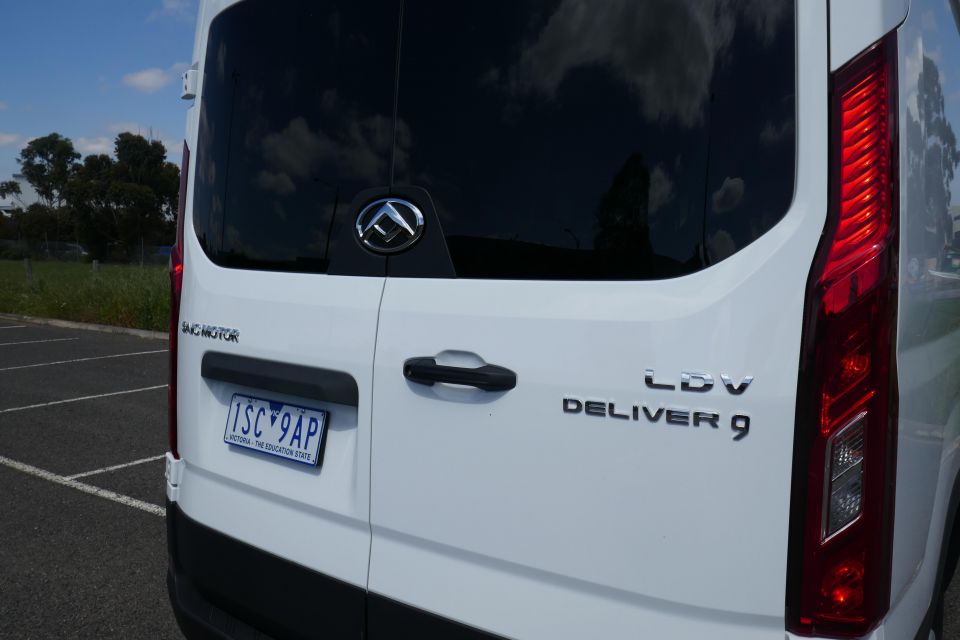
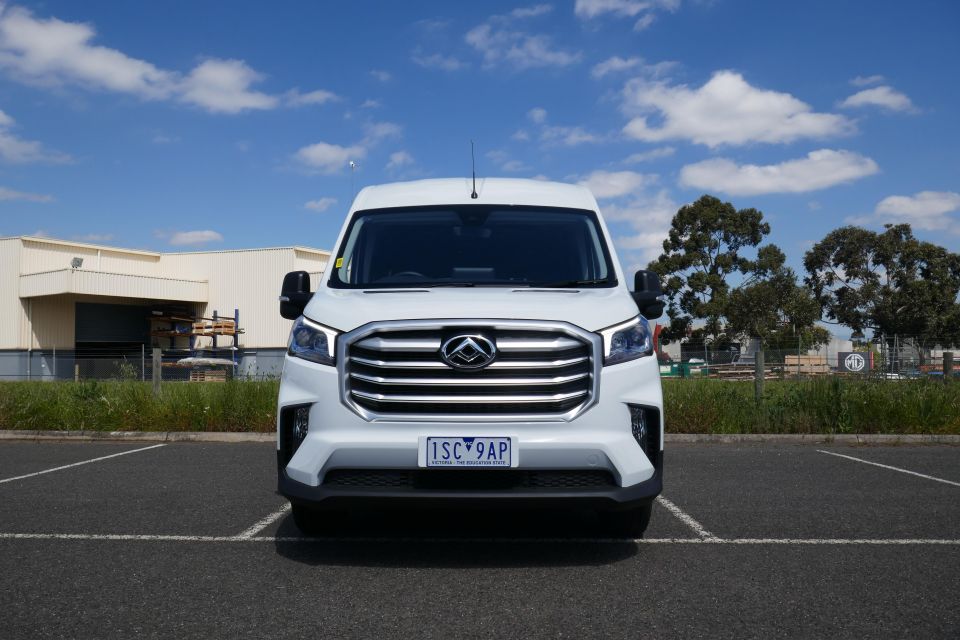
The Deliver 9 comes with capped pricing for four services across LDV’s 82-site network, at intervals of 30,000km or 12 months except for the first. The price breakdown goes:
Three years or 90,000km (whichever comes first) of servicing for a Renault Master should cost you $1797, while servicing a Ford Transit over the same period should cost you only $1047. That’s going from the service pricing calculators on their respective websites.
You can buy three services for the Mercedes Sprinter for $2278 if you pay upfront, though the intervals between visits can be left as long as two years or 40,000km.
The LDV factory warranty is three years or 160,000km. We’d prefer a five-year term, as most competitors offer. SAIC brand MG Australia has a seven-year warranty, though it uses a factory distributor whereas LDV is imported by Ateco under contract.
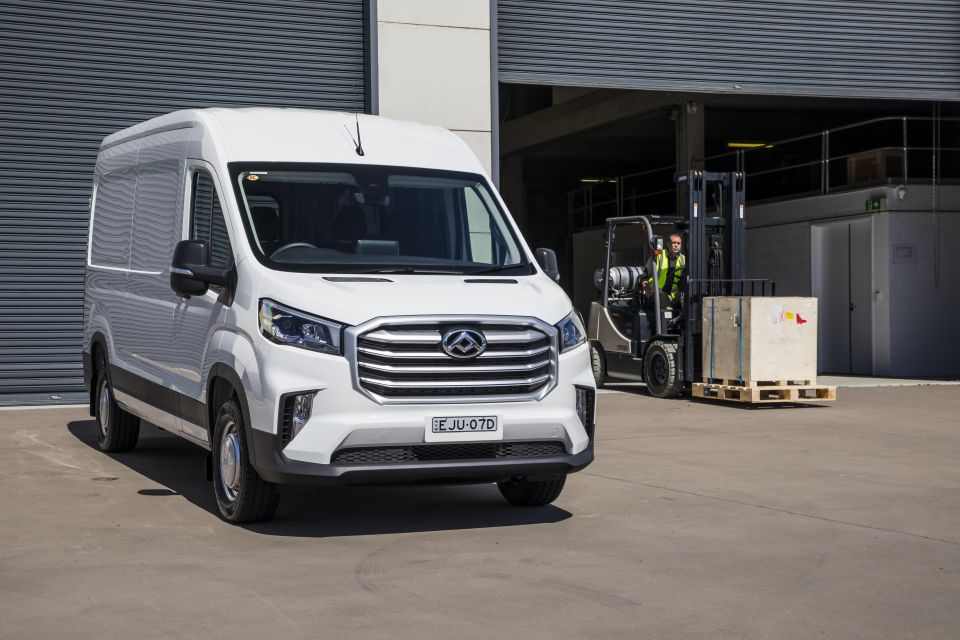
There are a few quirks as we mentioned. The driver’s seat ergonomics are okay but could be better, there’s no standard bulkhead, the reversing camera is blurry, the active cruise control didn’t always work as desired, the warranty is three years not five, and you don’t get twin sliding side doors.
And of course, as with the T60 we can’t attest to long-term reliability because frankly we don’t know, though SAIC Motor is hardly some tiny startup. It’s a similar story when it comes to resale value.
But ultimately, if we’re picking up bugs it’s because the fundamentals here are really quite sound. It’s not some half-baked machine that you’d only buy for one reason.
The interior layout is slick, in large part down to the big centre screen. Its build quality seems absolutely ok. There’s plenty of safety equipment some competitors fail to offer. The in-house diesel engine is refined and pulls along okay. And it feels stable enough at speed, even when unladen.
Most importantly, when you compare the price you pay for the space you get, against its European competitor set, the LDV Deliver 9 definitely does enough to deserve attention. I can understand why a delivery driver or logistics company would run their eye over it closely.
Where expert car reviews meet expert car buying – CarExpert gives you trusted advice, personalised service and real savings on your next new car.


Max Davies
16 Hours Ago


William Stopford
16 Hours Ago


Derek Fung
16 Hours Ago


Max Davies
24 Hours Ago


William Stopford
2 Days Ago


Ben Zachariah
2 Days Ago